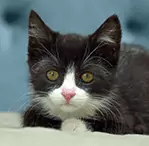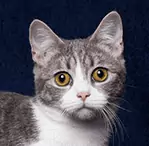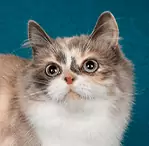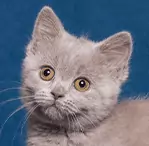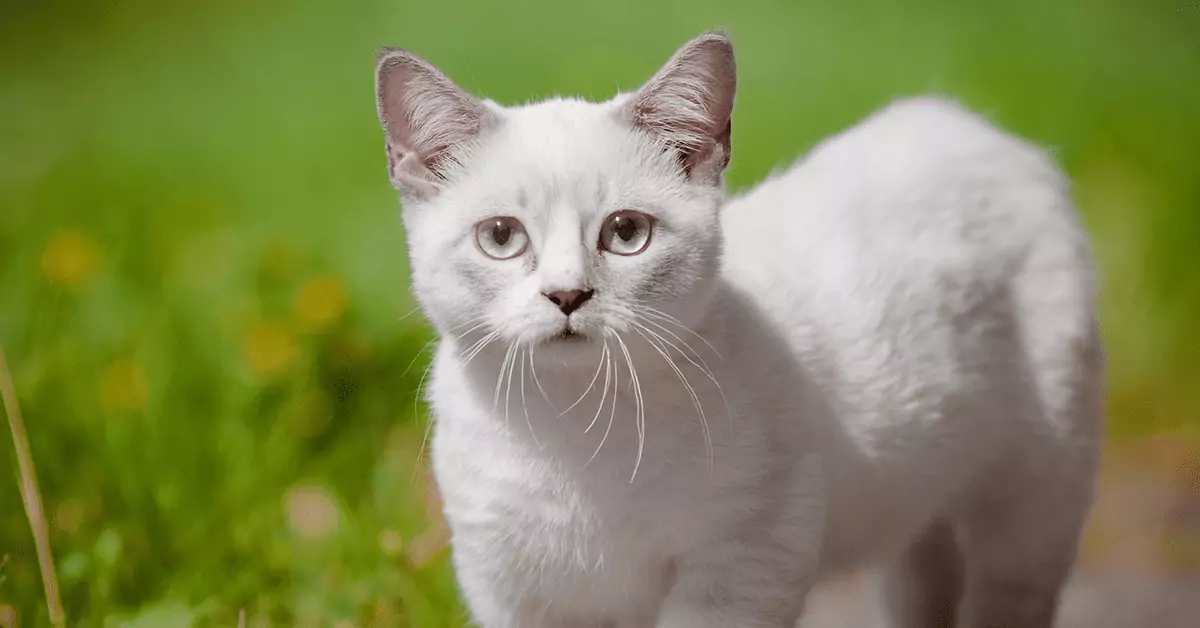
Meet the Munchkin
Snuggle Buddy
Cutest Kitten
Pawpular Playmate
My Many Looks
My Breed Characteristics
Furbulous Fact
As I Grow Up
History of My Breed
Care Tips
Training Tips
Personality
Friendly
Curious
Fun-loving
Origin
United States
Life Span
12-15 Years
Breed Popularity
Length Range
11-14 Inches
Weight Range
5-9 Pounds
Coat Details
Type
Short-haired or long-haired
Texture
Long-haired: silky and flowing
Colors
Calico, gray, black, and more
Pattern
Tabby, Solid, Bi-Color
Hypoallergenic
No
Cost to Buy
$1,000-$2,000
My Many Looks
My Breed Characteristics
Furbulous Fact
As I Grow Up
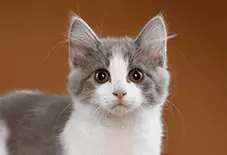
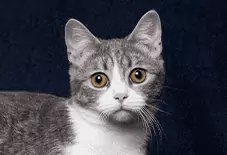
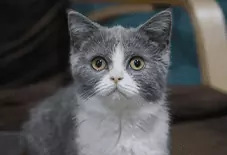
History of My Breed
Care Tips
from Dr. Jessica Greenberg, Associate VeterinarianPurchase a Munchkin kitten from a breeder that tests breeding animals for heritable diseases, is transparent about test results, and gives you a health guarantee.
Because they are crossbred with Purebred cats, Munchkins tend to be relatively free of heritable disease. They are prone to lordosis (curvature of the spine) and pectus excavatum, which causes the ribs and sternum to form improperly, as well as any heritable diseases associated with purebred parents. Avoid heartbreak and veterinary expenses by purchasing kittens from responsible breeders who provide health guarantees.
Keep your Munchkin at a healthy weight to avoid problems associated with obesity, including osteoarthritis.
Due to their abnormally long backs and short, stumpy legs, Munchkin cats may be at higher risk for osteoarthritis. One way to minimize the symptoms of osteoarthritis and maintain mobility is to keep your cat at a healthy weight. Most adult Munchkin cats do not need to eat more than 250-300 kcals per day. Ask your veterinarian what your cat’s ideal weight is and how much to feed your cat per day to maintain that weight.
Have yearly blood tests run on older Munchkin cats to detect disease early.
Older Munchkin cats may be predisposed to hyperthyroidism, a condition seen in many cats that causes elevated levels of circulating thyroid hormone in the blood. Have your Munchkin’s bloodwork, including thyroid levels, checked yearly starting at age 7 to catch any problems early, including hyperthyroidism and kidney disease, both of which are seen in Munchkin cats.
Training Tips
from Dr. Jessica Greenberg, Associate VeterinarianMy Many Looks
My Breed Characteristics
Furbulous Fact
As I Grow Up
History of My Breed
Care Tips
Training Tips
-
Personality
Friendly
Curious
Fun-loving
-
Origin
United States
-
Life Span
12-15 Years
-
Breed Popularity
-
Length Range
11-14 Inches
-
Weight Range
5-9 Pounds
-
动物皮毛
Type
Short-haired or long-haired
Texture
Long-haired: silky and flowing
Colors
Calico, gray, black, and more
Pattern
Tabby, Solid, Bi-Color
-
Hypoallergenic
No
-
Cost to Buy
$1,000-$2,000
